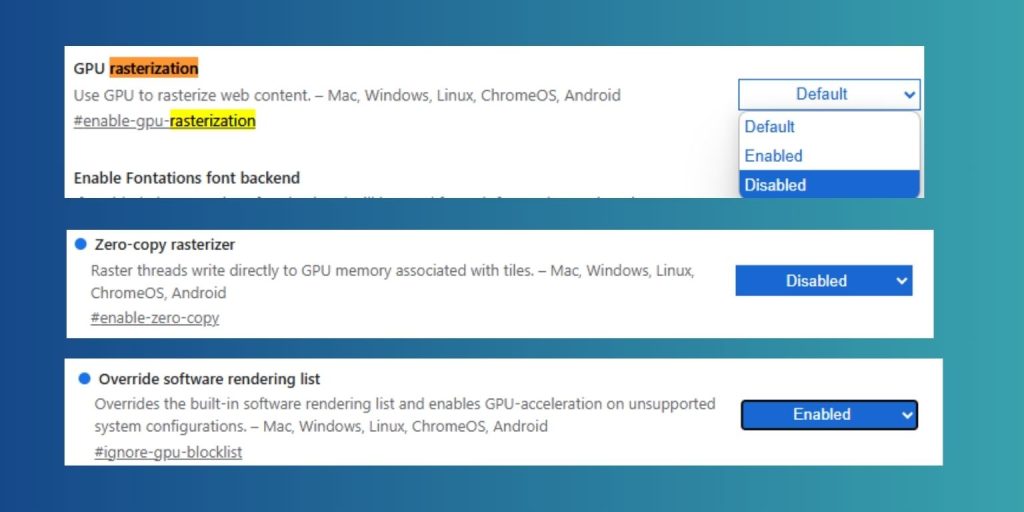Global expansion is an exciting milestone for any brand, but with it comes the responsibility of resonating with new audiences across different markets. While translating marketing content is often top of mind, one element that shouldn’t be overlooked is the logo. A logo is more than just a visual—it represents the values and identity of a company. When entering new markets like the United States, the United Kingdom, and Australia, localizing your logo can enhance relatability, boost brand trust, and ultimately fuel success.
TLDR:
Localizing a logo for the US, UK, and AU markets involves more than adjusting language. It requires cultural insight, design adaptation, and region-specific sensibilities. While these countries share the English language, their visual preferences, color associations, and ethical considerations differ. Successfully customized logos show attention to local detail and respect for cultural nuances.
Why Localize a Logo?
Although the US, UK, and Australia all use English, assuming that a single logo will appeal equally to each country can be a costly mistake. A logo that speaks volumes in New York might come off flat or clichéd in Sydney or Manchester. Localization ensures that you’re aligning your brand’s visual identity with local expectations, cultural meanings, and even legal constraints.
Here are some key reasons to localize your logo:
- Cultural Relevance: Colors, symbols, and typography can have different connotations in different regions.
- Language Variations: Even within English, spelling (e.g., “color” vs. “colour”) or phrasing might need adjusting on textual logo components.
- Market Expectations: Audiences in different countries expect different levels of formality, simplicity, or flair in branding.
Understanding Each Market
The United States
In the US, branding tends to be bold, clean, and confident. There’s a strong focus on emotional connection and individuality. Consumers are used to high-impact visuals and clear, goal-oriented messaging.
- Design Aesthetics: Sleek and modern, often with strong typography and leading-edge design.
- Colors: Red, white, and blue carry nationalistic overtones. Avoid using them unless they align with your brand identity.
- Brand Voice: Energetic, motivational, and action-driven.
The United Kingdom
UK branding values tradition blended with modernity. The tone tends to be more reserved and witty, with an appreciation for heritage and craftsmanship.
- Design Aesthetics: Understated elegance, balance between tradition and innovation.
- Colors: More muted or darker palettes are often preferred. Avoid overly saturated hues.
- Brand Voice: Clever, charming, and often uses British humor.
Australia
Australian branding thrives on authenticity, informality, and outdoor culture. Logos that are too polished or “corporate” might feel out of touch with locally accustomed brand personalities.
- Design Aesthetics: Friendly, minimal, and often nature-inspired.
- Colors: Earth tones, ocean blues, and sun-inspired accents resonate well.
- Brand Voice: Casual, down-to-earth, and inclusive.

Top Elements to Consider When Localizing Your Logo
1. Color Psychology
Color interpretations vary by culture. While red might signify excitement and prosperity in the US, it can feel aggressive in the UK, and overwhelming in Australia’s relaxed market. Analyze each culture’s color psychology before settling on a palette.
2. Typography
Fonts do more than display text—they communicate brand personality. In the UK, serif fonts like Garamond can evoke tradition and reliability. Meanwhile, sans-serif fonts like Helvetica may be better suited for the modern vibe appreciated in the US and AU markets.
3. Iconography and Symbols
Be selective about any graphic symbols in your logo. What might universally appear as a thumbs-up or checkmark could carry different or even negative meanings in other regions. For instance:
- The US often favors symbols like stars or eagles for national brands.
- The UK might prefer heritage icons like crests or lions.
- Australia embraces natural elements like fauna, waves, or sun motifs.
4. Language Localization
If your logo includes a tagline or slogan, consider spelling and phrasing alterations:
- US: “Optimize your color palette.”
- UK: “Optimise your colour palette.”
- AU: “Optimise your colour palette.” (Generally aligns with UK spelling.)
Even slight spelling differences can help your brand appear more relatable and locally aware.
Practical Tips for Logo Localization
1. Build a Core Visual Identity
Start with a strong, versatile master logo that reflects your brand universally. From there, create localized adaptations without sacrificing core brand recognition.
2. Create Regional Versions
Many global companies keep a central brand identity but tweak fonts, colors, or taglines for local markets. This approach is especially useful when visual consistency needs to be maintained globally.
Example: McDonald’s uses the same golden arches worldwide but localizes slogans like “I’m Lovin’ It” for phrasing and tone in different markets.
3. Partner with Local Designers
To get the tone and visuals just right, consult with designers who live and work in the target region. Their insight will help you avoid missteps you might not recognize from afar.
4. Test Before Launch
Before committing to a localized design, conduct A/B testing with your target demographic. Feedback from native speakers and cultural insiders can prevent branding disasters.

Legal Considerations
Trademark laws differ from country to country. Before deploying a localized logo, make sure it doesn’t infringe on local trademarks or contain regionally restricted symbols. Also, register your revised logos with local authorities to protect brand identity in each region.
Brand Case Studies
1. Coca-Cola
Coca-Cola uses its iconic script and red branding globally but adapts language, cultural imagery, and even bottle sizes to suit local taste. Their “Share a Coke” campaign succeeded due to localizing names on bottles across different regions, enhancing reach and personalization.
2. Airbnb
Airbnb’s Bélo symbol remains constant, but the way it’s presented varies subtly by market through regional campaigns and imagery. The inclusion of local hosts and native languages in their visual storytelling enriches global presence without altering the logo beyond recognition.
Common Mistakes to Avoid
- Ignoring Subtle Spelling Variations: Nothing says “outsider” quite like the wrong version of a common word.
- Over-Complicating Localization: Making a completely new logo for each market can confuse customers and dilute global identity.
- Assuming One Size Fits All: Even English-speaking nations have distinct tastes. Treat each market on its own terms.
Conclusion
Logo localization is a blend of art, strategy, and cultural sensitivity. While English-speaking markets like the US, UK, and Australia may seem similar, each has its own visual dialect and brand expectations. By tailoring your logo design to each region thoughtfully, you’ll show a commitment to your audience’s unique identity—something that builds trust, drives engagement, and fosters long-term brand loyalty.
Be flexible, be informed, and most importantly, be locally relevant. Your global brand will thank you for it.


